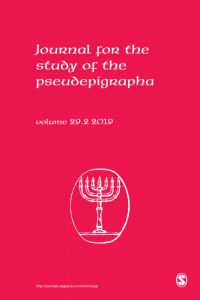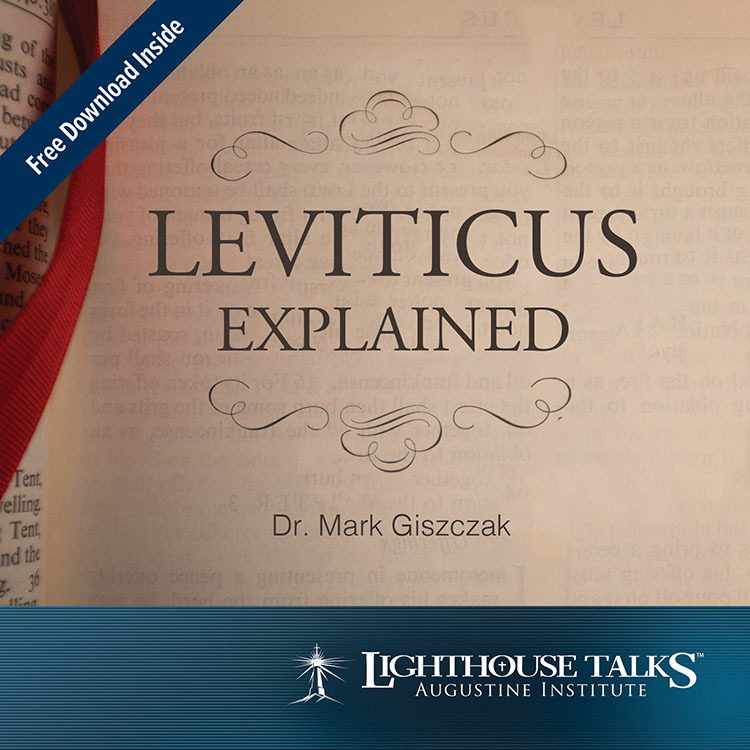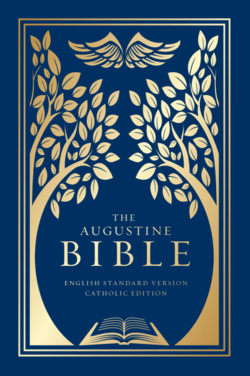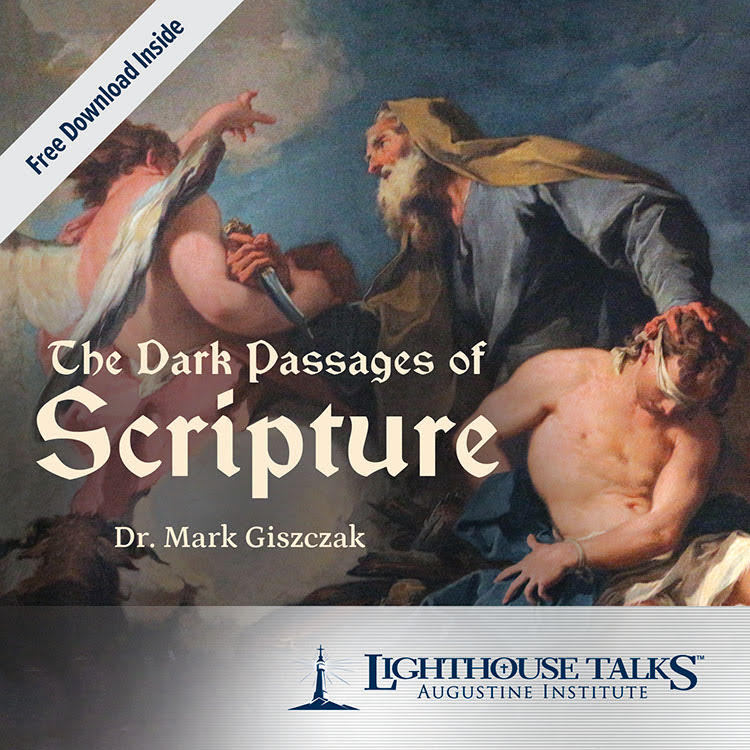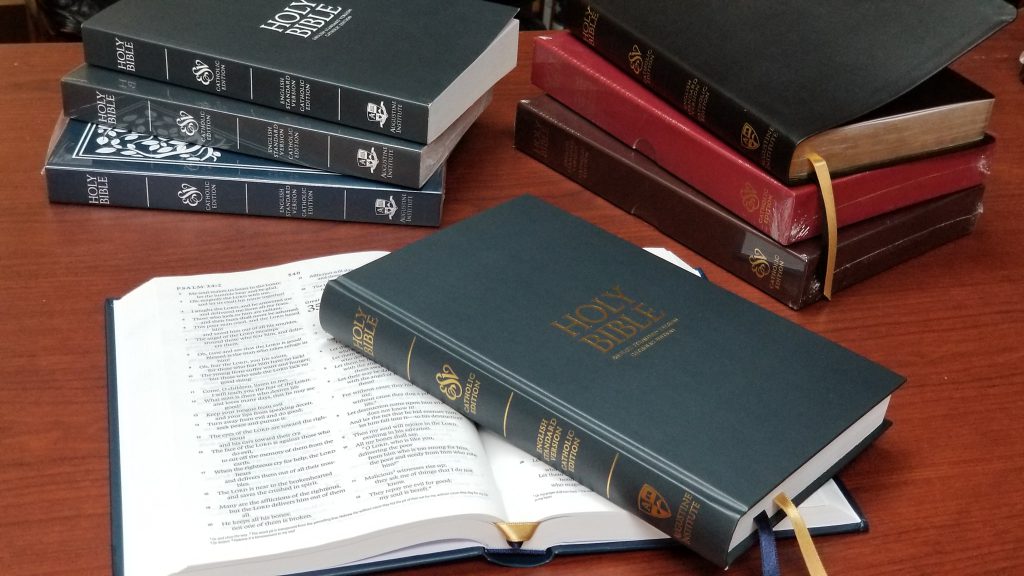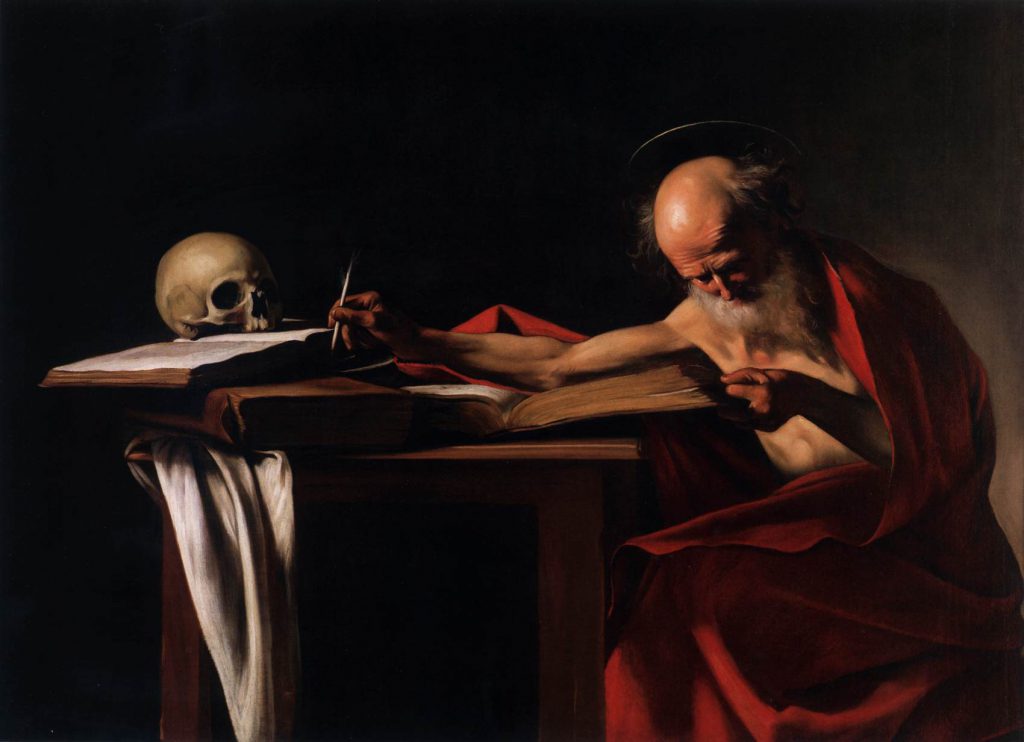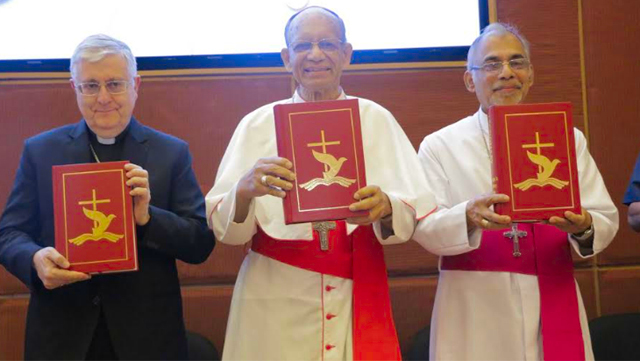
[UPDATE: This event has been canceled due to the current pandemic. However, USML asked me to record video lectures instead and we will make them available to you here from my blog. Keep your eyes out for Summer Scripture 2021.]
I hope you can come!
I will be speaking at the long-standing annual Summer Scripture Conference, June 21-26, hosted by the Institute for Pastoral Leadership at University of St. Mary of the Lake and Mundelein Seminary in the Chicago area. This conference has been offering a slate of Scripture scholars speaking to a popular audience for decades and I’m delighted to be one of the speakers this year. Over the course of the five-day conference, I’ll be sharing the stage with scholars I admire and respect:
I’m looking forward to my talks on June 23-24 on these topics:
- The Headwaters of Christian Prayer: Messianic Hope in the Shape of the Psalter
- In this talk, we’ll review some of the recent research on the canonical shape of the Book of Psalms and show how over time, as pre-Christian Jewish tradition received, read, prayed and handed on these sacred songs, they began to see them messianically. That is, the songs themselves, as prayed in that era, anticipate the coming of the Messiah, the new David, who will reign on the throne of his fore-father and usher in a time of restoration. The Psalms, of course, are at the heart of Christian prayer and I’ll try to show how this is no accident, but builds on the messianic shape and use of the Psalms.
- The Book of Wisdom as Model for Christian Reception of the Old Testament
- Here, we will take a look at one of the most neglected books of the Old Testament. As I’ve noted here before, it has fewer commentaries written on it English than pretty much any other book of the Bible. Wisdom, though, as one of the very last books of the Old Testament penned, anticipates how the NT authors will read Scripture. It offers a unique combination of Jewish piety toward the Torah and Jewish appropriation of Greek philosophy that sets the stage for Christians reading the Old Testament in a Greco-Roman context.
- Sirach 44–50 and Hebrews 11: The Hall of Heroes and the Cloud of Witnesses
- Lastly, I will compare two hallowed texts that celebrate the heroes of the Old Testament. Hebrews 11 is well-known as the “Hall of Faith”, but it is anticipated by Sirach. Both texts retell the story of Israel through a list of characters, heroic figures. These celebrated persons exemplify the life of virtue, Torah-observance and faith, showing that a life of fidelity is possible even under difficult circumstances. Like the many lives of the saints volumes written later in Christian history, these texts hold up heroes for us to imitate.
These topics are close to my heart and I look forward to sharing with you about what I’ve found in these three rich Old Testament veins from the Psalms, Wisdom and Sirach.
 This event is an awesome chance to dive deep into Scripture study with a wide range of teachers and topics. It is going to be an intense prayerful learning experience. Each day includes morning prayer, Mass and night prayer, along with meals together and an evening social. But the heart of the experience is the three to four daily lectures on biblical topics. You can read the whole event schedule here: https://usml.edu/wp-content/uploads/2020-Summer-Scripture-Event-Schedule.pdf
This event is an awesome chance to dive deep into Scripture study with a wide range of teachers and topics. It is going to be an intense prayerful learning experience. Each day includes morning prayer, Mass and night prayer, along with meals together and an evening social. But the heart of the experience is the three to four daily lectures on biblical topics. You can read the whole event schedule here: https://usml.edu/wp-content/uploads/2020-Summer-Scripture-Event-Schedule.pdf
If you live in the Chicago area, this would be a great opportunity to take a few days off, grab your Bible and your notebook and join us for some great study. If you don’t live nearby, you can stay in the dormitories on the beautiful campus at a low cost. The full conference with all talks, all meals, and a private room for five nights is only $825. You can’t even get a hotel room, let alone all the meals(!) for that much in a lot of places. However, if that’s too much for you and you can’t take off a whole week, then you can drop in for a single speaker’s three talks for $200 or even just a single lecture for $60. If you want all the details, take a look at the registration form. And if you decide to come, you can register online.
All told, with fifteen talks by seven scholars, it stands to be a great experience and if you do come, I look forward to greeting you in person when you get there!
